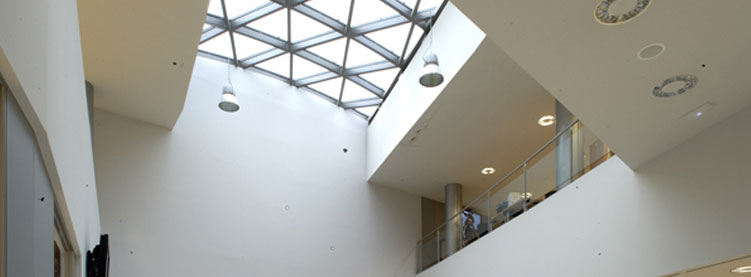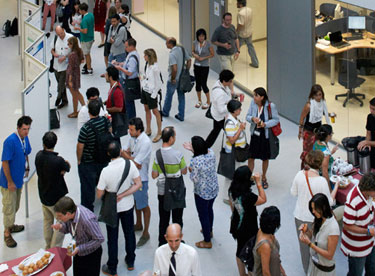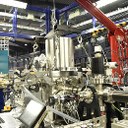
Scientists at leading European virology research organisations aim to demonstrate how imaging the whole internal structure of intact biological cells provides valuable information to understand the disease pathways of viruses and to aid the development of novel therapeutics.
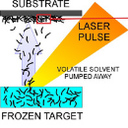
Researchers have used, for the first time, a combination of cerium oxide nanoparticles and manganese metal organic precursor in the laser targets for the synthesis of a hybrid material. The used laser deposition technique allowed the versatile fabrication of high-performance supercapacitor electrodes. Supercapacitors are important for their fast and reversible use of energy, high power density, long cycle life, low maintenance cost, and environment-friendly nature. Measurements at the MIRAS beamline of ALBA allowed the identification of the organic part of the composite, especially the chemical groups present at the structure of graphene and carbon nanotubes, which highly influence the functional properties of the material.

This series of talks has been successfully launched with the aim of sharing ideas and discuss the scientific needs of the upgrade project of the ALBA Synchrotron (ALBA II). The first session was held the last 25th January, resulting in an enlightening discussion with more than 60 participants. Eva Cunha, from the University of Oslo - Centre for Molecular Medicine Norway -, gave a talk about cryogenic electron microscopy.
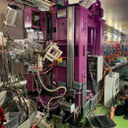
On the first days of this winter shutdown, the photon source for XAIRA beamline was installed in the ALBA accelerator tunnel. This is the longest undulator ever installed at the Synchrotron, with a magnetic length of 2.3 metres and housing 115 magnetic periods. XAIRA is the new microfocus beamline, dedicated to challenging Macromolecular Crystallography (MX) experiments. This project is co-funded by the European Regional Development Fund (ERDF).

Scientist from Universitat Politècnica de Catalunya have studied the materials and methods used in the production of modernist (late 19th and early 20th century) stained glass from the city of Barcelona, with special regards to the degradation mechanisms. The results of the research are presented today by Martí Beltrán González in his thesis directed by Trinitat Pradell. The data obtained at MSPD beamline of ALBA was key to deciphering the structure and composition of the glazes used in the stained glass windows, as well as their state of conservation, with the aim of improving the preservation of this cultural heritage.

